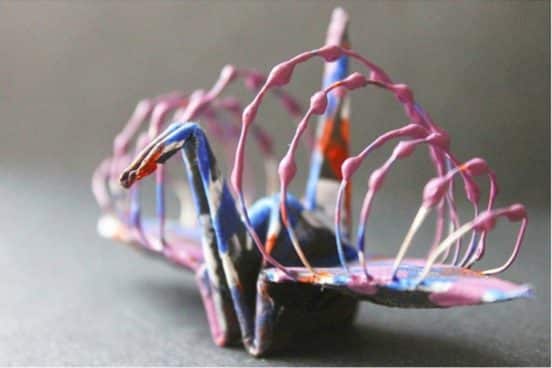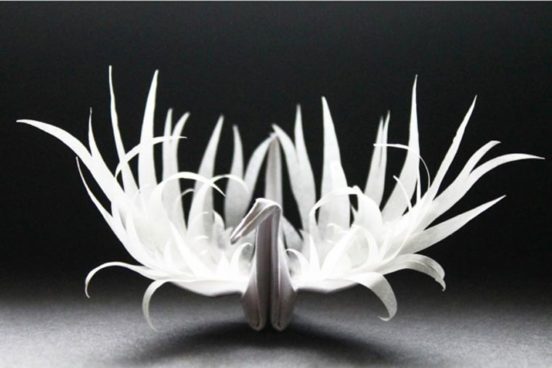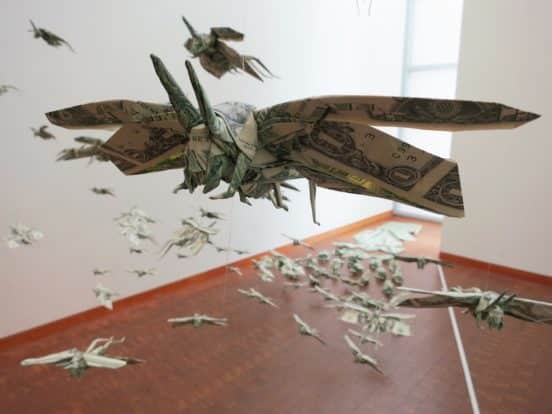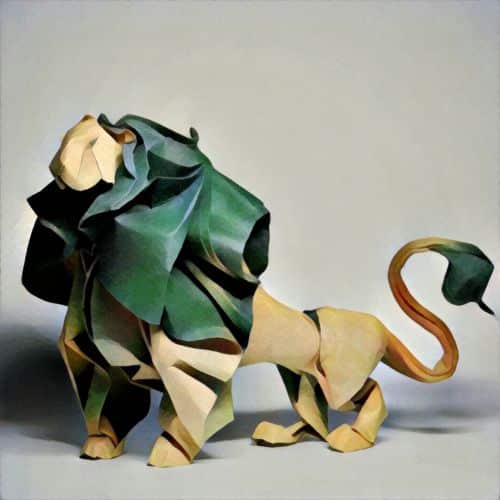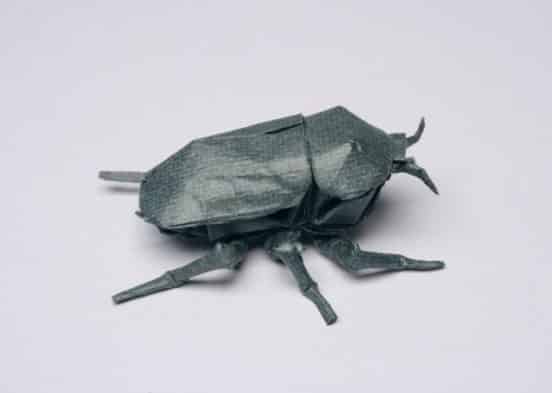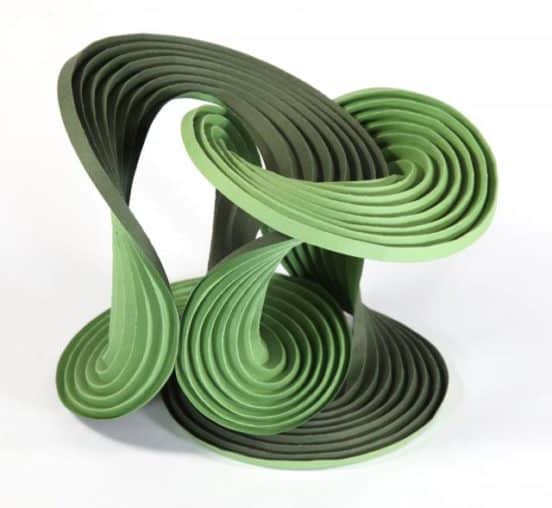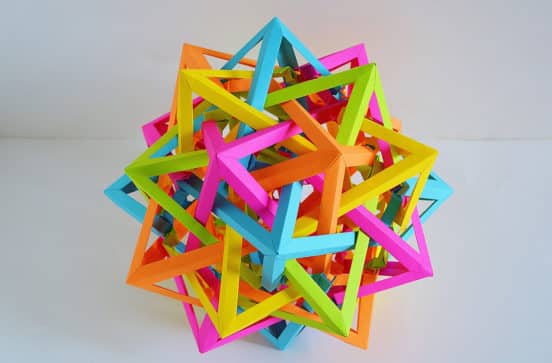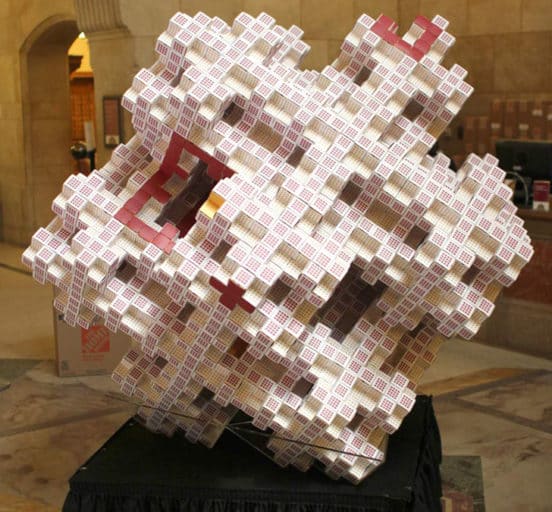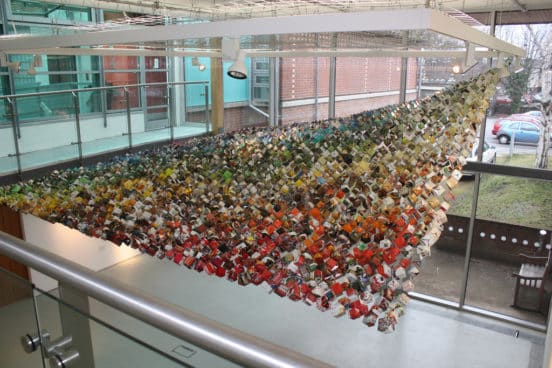Some of the most fanciful art objects in the world have been made by simply folding paper. Origami is the Japanese word for “folding paper,” a traditional art form that continues to flourish in the modern world. The goal of origami is to transform flat and square sheets of paper into a sculptural object, using the techniques of folding and sculpting. Generally, origami practitioners shun glue and cutting, because those interventions leave marks on the paper.
There are a small number of folds, but they can be combined in an almost endless variety of ways to make designs – from the abstract to the real. The most famous type of origami is the Japanese paper crane. The crane originates from the Edo period (1603-1867), which starts with a square sheet of paper in any color, print or pattern. Although Japan has undoubtedly had the biggest impact on the art form, it did not originate solely with Japan. Friedrich Fröbel, a German teacher who invented the word and concept of kindergarten, taught children to learn mathematical calculations by creating paper origami creations. His work in the mid eighteenth century set the stage for the techniques rebirth in Japan.
Cristian Marianciuc celebrated the ancient art of the crane by making over 1,000 objects. His original intention was to create one crane for every day of the year, but he enjoyed them so much that he simply kept going.
Contemporary origami artists are pushing the envelope on the traditional art. Sipho Mabona has been featured in galleries around the world. One of his newest creations is called “The Plague,” which uses actual money to create an amazing swarm of locusts.
Hoang Tien Quyet is a traditionalist who models his art on Akira Yoshizawa’s wet folding technique. He makes sculpted animals that undergo detailed folding to produce their form.
Robert J. Lang is one of the foremost interpreters of the form. He quit his job as a laser physicist to become a full-time origami artist after having practiced the art for over 30 years. Lang harkens back to Fröbel’s use of mathematics to collaborate with engineers on cross-disciplinary projects. This Chrysina Beetle was made with one square of Origamido paper.
Erik Demaine is an MIT professor who works with his father on carved and folded paper origami objects. They call their work Curved-Crease Sculpture because they transform flat paper into swirling objects that demonstrate motion.
Paper artist Byriah Loper is still in his early 20s, but he has already made a big splash in the world of origami. He makes geometric shapes that lock together.
Jeannine Mosely is a mathematician who graduated from MIT. She uses business cards to make wild creations. Her most well-known effort is creating a Menger Sponge (complicated math thing!) from business cards.
Jacqui Symons is a designer and artist who uses the small origami objects to make a huge impact. She makes a large number of origami objects and displays them together, multiplying their impact. The large-scale installations have been deployed in celebrations like the Chinese New Year, where she used 5,000 origami fish suspended in the air.







